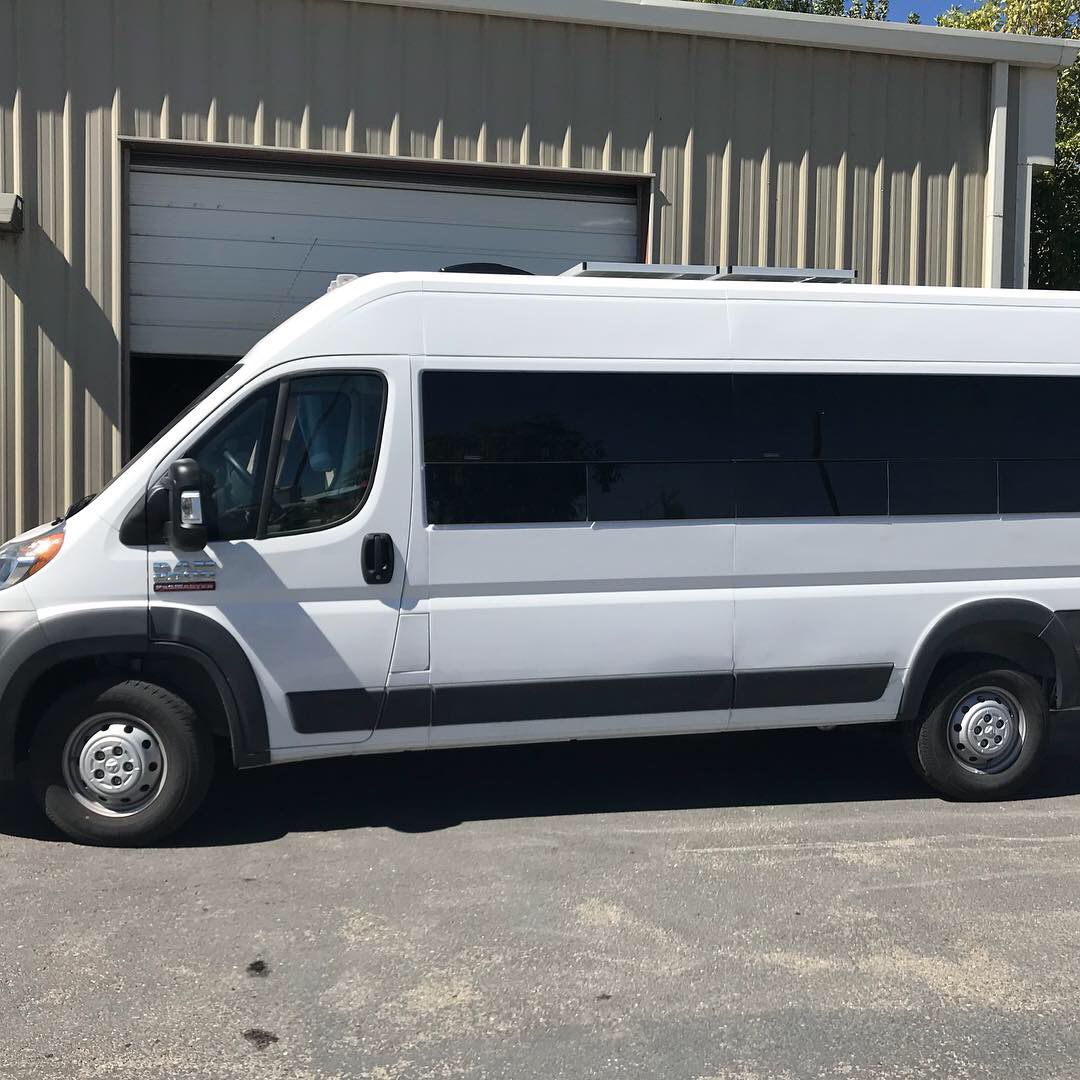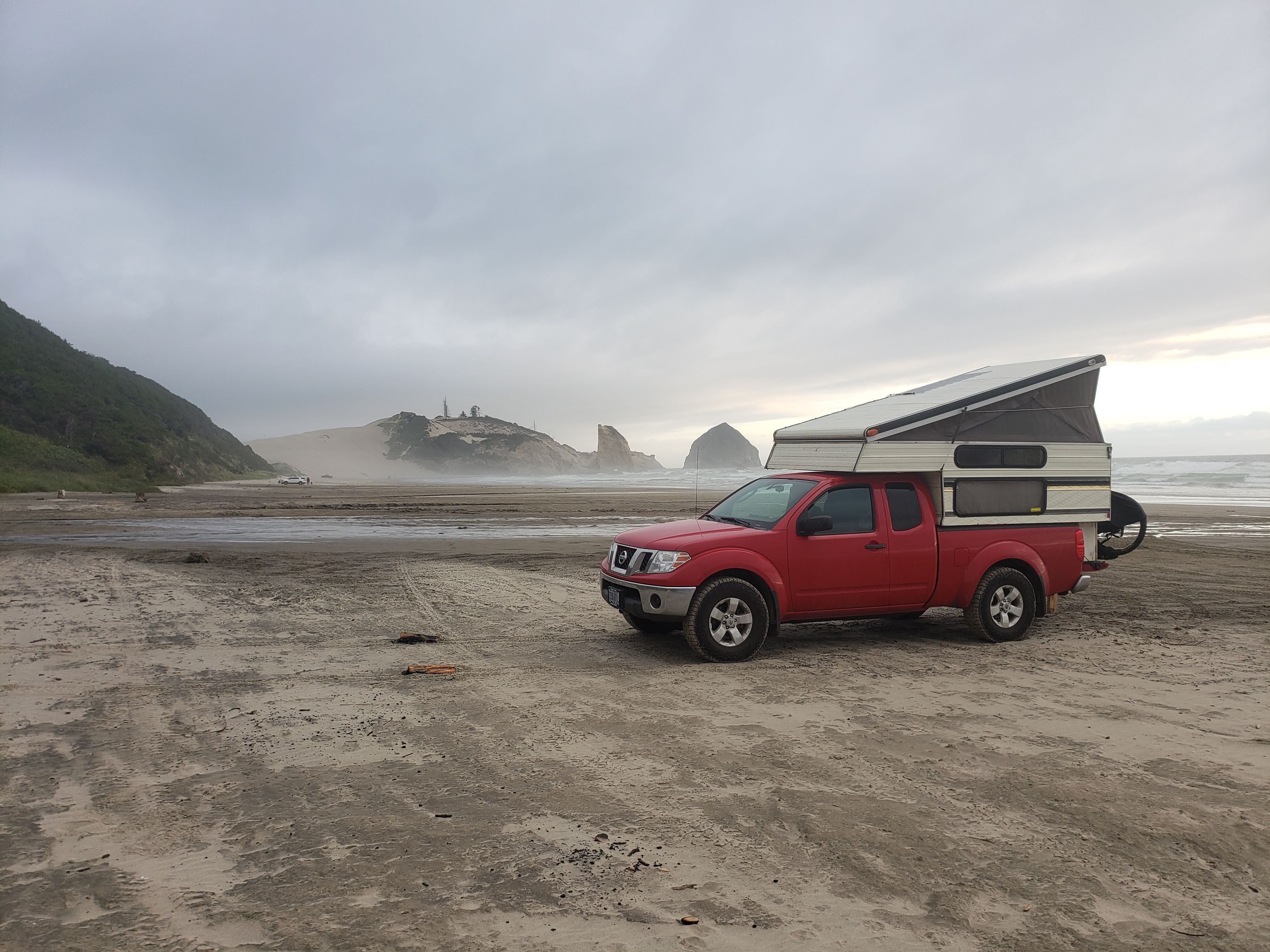

OFF-GRID SOLAR
What does it mean and how can you use it?
What do we mean when we say off-grid solar?
Solar, batteries, or even electricity can seem like VooDoo, but we want to help demystify it all.
When we speak of off-grid solar we are referring to a solar system that essentially charges a battery or powers a device.
This is different than solar that is connected to your house and works with the power already coming into the house.
At Back Country Solar we’re mainly exploring off-grid solar systems for small and medium-sized applications. So think of powering something as small as a gate to your driveway, or as big as an off-grid cabin with minimal amenities. We’re not going to focus on off-grid for larger projects like houses for everyday living.


Sign up for the best off-grid solar info!
Off-Grid Solar Applications
More information about off-grid solar applications.




VANS
Coming Soon


OVERLAND


BOATS
Coming Soon
What is Off-Grid Solar?
Off-grid solar is a solar system that charges batteries or directly powers a device without a connection to grid power. And for reference, grid power is also called shore power. An off-grid solar system harnesses the power of the sun via solar panels to create the electricity that’s needed to charge batteries that store power to be used at a later time.
Off-grid solar systems can be small, like what is used to keep your boat battery charged up. Or they can be large and power an entire house, farm, or ranch.
Off-grid solar systems generally have a battery bank they use to store power, but they can also power devices directly. Solar-powered water pumps are a great example of this. These water pumps can be small and decorative like a garden water fountain, or they can be large and move enough water for livestock and large farms.
What’s the difference between off-grid and on-grid solar?
The key term here is “grid”. When we speak of off-grid or on-grid we mean the power grid. The power grid is the electrical connection to powerlines that connect to a power utility.
When you’re a part of the “grid” you’re on-grid. This means you buy power from the utility company. When you’re off-grid there is no connection to the grid.


Components of an Off-Grid Solar System
We’re not going to go into too deep of detail on this page. This will be more of an overview so you understand the basics of an off-grid solar system. We’ll get more information about types of components, brands, and uses as we get time.
The Basic Parts of an Off-Grid Solar System
- Solar Panels
- Solar Charge Controller
- Battery, or Battery Bank (multiple batteries connected)
- Inverter
- Wires, Fuses, Connectors
Solar Panels
An off-grid solar system wouldn’t be possible without solar panels. Solar panels are what convert sunlight to electricity. There are several types of solar, brands, and configurations. Solar panels can be used as a single panel or with other panels that we call a solar array.
Solar Panel Types – There are 3 well-known types of panels – Monocrystalline, Polycrystalline, and Amorphous. There’s a 4th very promising new type of solar panel called CIGS. But it’s still new and fairly expensive. Click on each type to learn more.
Solar Panel Configurations – Solar panels can be designed to produce just about any voltage. But your off-grid solar application can determine how you’ll use each configuration. Most commercially available solar panels will be designed to be used on a 12-volt system, 24-volt system, 48-volt system, or potentially higher.
Simple systems like off-grid driveway gates, maintaining a car battery, most RV solar systems, or anything involving a 12-volt battery will use what are called 12-volt solar panels. They really kick out about 22-volts but are combined with a charge controller to control the power.
Larger voltage solar panels are great to use for large RV systems, or off-grid cabins and farms. The larger voltage solar panels help push electricity a further distance more efficiently. This can be great for long wire runs or to reduce the size of the wires needed for the solar system. It can be a great cost saver.
Additionally, using larger voltage solar systems means using more expensive charge controllers, but they are also more efficient. We recommend using larger voltage panels for any system 600-watts or larger.
Parallel or Series Connections
Another aspect of solar panel configuration is now you wire the panels together. This is different than the rated voltage of the panel, this refers to the solar system voltage, or how you connect 1 or more panels together.
Parallel Connections keep the solar system voltage the same as the panels.
Series Connection increases the solar system voltage, most of the time it doubles it.
Solar Charge Controller
A Solar Charge Controller is a device that regulates the solar panel power so it doesn’t hurt your battery. Batteries can only handle so much incoming power, and they have to have the right charging voltage to have a healthy charge. The only time it’s permitted to not use a solar charge controller is if the panel is very small, or the device is designed for unregulated solar power.
Think of the solar charge controller as the brains of the solar system. It reads the battery, reads the solar power, and decides how much power needs to go into the battery. Solar controllers come in several configurations. It’s wise to buy a really good charge controller that fits your application.
Battery or Battery Bank
Most devices need a consistent power source. They don’t do well if the power cuts in and out. Solar panels aren’t a consistent source of power if it’s cloudy. So for most solar systems, we use a battery or battery bank.
Batteries also allow the storage of power so you can use your electrical devices anytime you want. As long as you replace the power in the batteries and keep them full, you’ll be able to use that power whenever it’s needed.
What’s a battery bank? A battery bank is just several batteries connected together. The more batteries the more power storage you have.
Solar System Inverter
An inverter is a device that “inverts” 12-volt battery power (can be 24 or 48-volt too, but uncommon) into 120-volt household power. You’ll need one of these if you plan to use a common household device on your off-grid solar system. Blenders, many TVs, CPAP machines, kitchen devices are all examples of 120-volt AC devices.
Batteries work on DC or Direct Current. Household devices work on AC or alternating current. We’re not going to go into detail here but you can’t mix DC and AC. Solar panels make DC power, batteries store DC power, and an inverter allows you to power your kitchen appliance.
Explore More About Off-Grid Solar
Off-grid solar is a great way to get power to places where it’s not easy to get grid-tied power. Designing and installing an off-grid solar system can be more beneficial than running expensive grid-tied power lines where they don’t exist.
Do you need some help or have questions? Email Us
